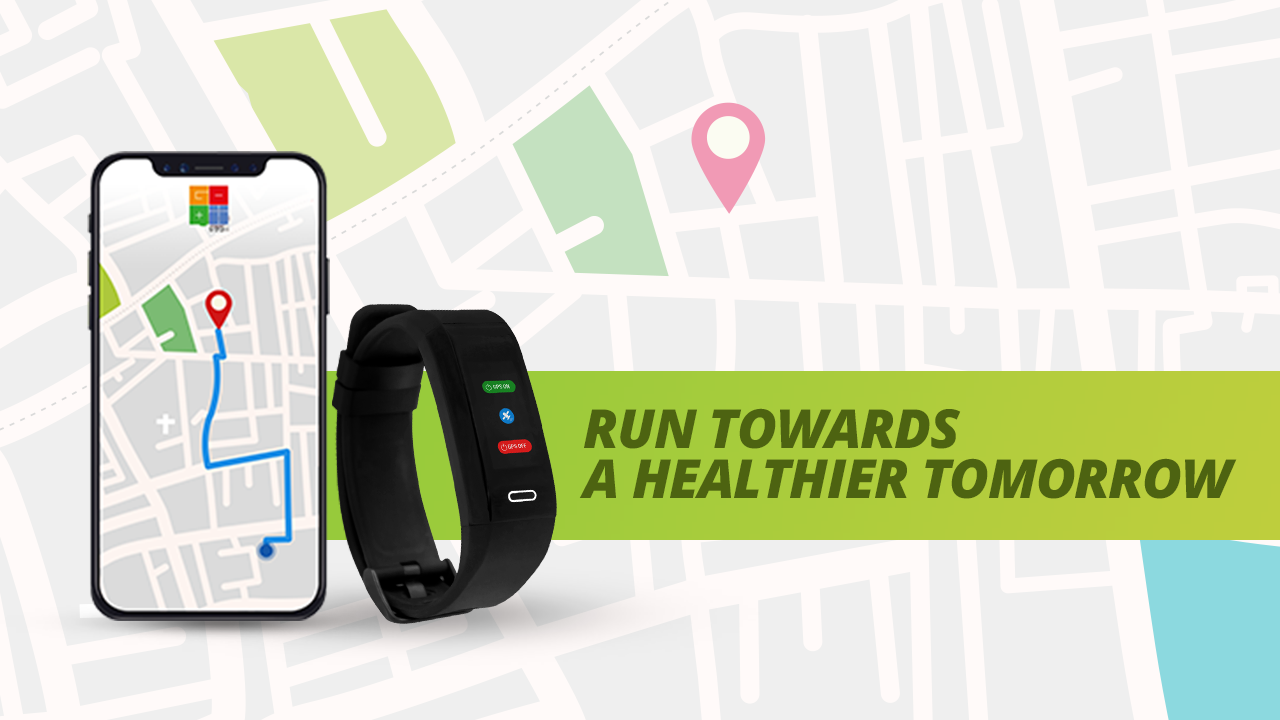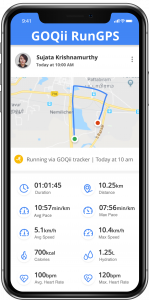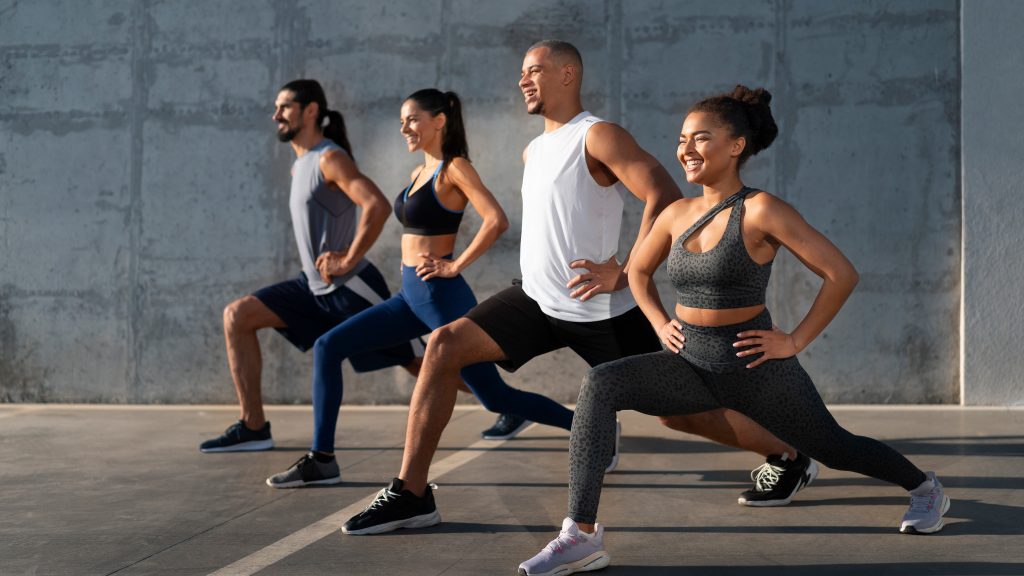
Dear marathoners/runners, I am sure this blog is going to catch your attention! Do read the article, and I would be happy to answer your questions!
Well, not just runners though! Whether you are a runner or cyclist or if you plan any endurance sport, strength training becomes very important. Everybody wants to be good at the sport they play, so this article will help give you some insights about various topics with regard to strength training.
In this blog, I shall take you through four main aspects namely
- What is an endurance sport?
- Why is strength training and its importance for an endurance sport?
- If strength training is important, how much is too much or how much is ideal?
- Which exercises should be included in strength training protocol?
All I knew was running is endurance. I knew of more examples but what exactly is endurance I couldn’t really get through. It’s over time that I learnt what endurance training means. Endurance training uses your aerobic system as opposed to your anaerobic system.
Aerobic system:- Body uses oxygen to produces energy
Anaerobic system:- Body does not use oxygen to produce energy
So why is strength training important for any endurance sport?
I come across runners who say, “I run 5k, 10k and 21k which takes a lot of energy, why should I put exact PRESSURE on my body?”
Here are 3 benefits of doing strength training from runners’ perspective!
- Your pace will improve, you can run faster!
Your speed matters a lot when it comes to any marathons! What determines your speed?
- Stride length
- Stride Frequency
If you are a runner, it is important for you to know that stride length means how long is your step and stride frequency relates to how many steps you take per minute/second.
So the technical formula here is,
Speed= Stride length x Stride frequency.
But, what does this have to do with strength training? Well, to improve your speed/pace you have to take longer strides and of course faster strides
How to take longer strides?
- Forcing your legs to the ground.
How to put more force?
- For this, your legs should be strong.
How to make your legs stronger?
- By doing strength training.
So, this shows that strength training is required to help runners run faster!
(2) With Strength training, your endurance will get better!
“How can strength training make endurance better? Endurance training will make endurance better right?” Well, the answer is that strength training and endurance training both are required and helps in increasing the endurance but the mechanism used is different.
Let me take you through some technicalities but in a way, you will understand. Are you aware of maximal aerobic capacity? Maximal aerobic capacity means the maximum rate of inhaling oxygen by your body during any exercise. Maximal aerobic capacity is also called as VO2max.
Your VO2max is made up of 2 components: Central and peripheral
Central component= Heart
Peripheral component= Muscle
VO2max = Q x (a – Vo2 difference)
Here is the complete breakup
Q is the Cardiac output
The cardiac output means how much blood your heart is able to pump per minute. This covers your central component
(a – Vo2 difference) where a is arteries and v is veins and this means that the difference between the oxygen in your arteries and veins.
Smaller the difference, more the endurance!
In simple words, it is the ability of your body to extract the oxygen from the blood. This covers your peripheral component
The reason why I have discussed this in depth is, because endurance training works on the central component which is the heart but the peripheral component which are the muscles is ignored. To get the maximum endurance it is important for your peripheral component to be strong and strength training here helps. High repetitions (reps) helps in pumping your peripheral component.
Hence, to improve your endurance you should do strength training.
(3) Strength training helps reduce injury risks!
Runners, I am sure you can relate to this! More kms to run, more risk of injuries! When I say injuries here I am talking about overuse injuries.
What is overuse injuries?
- Your muscles, tendons and bones have a restriction to work.
- When you cross that restriction, you tend to injure your muscles, tendons and bones.
- Then post injury either you take a break from your routine or you do some other exercises.
Once the injury is done, we cannot do much about it but as the old adage goes – ‘Prevention is better than cure! Strength training helps in increasing the tolerance of your tissues to work which reduces the risk of overuse injuries and helps you train better
If strength training is important, how much is too much or how much is ideal?
There are 3 main points here which everyone should understand. Strength training of runners completely depends upon,
- Distance
- The phase of training (current phases and upcoming phases)
- Goal
(1) Distance
- Greater the distance to be covered, shorter is the strength training requirement.
- For e.g., if you are running for 5k you need to do more strength training then someone who runs a 21k.
- Goal strength training of a runner and the adaptability of the stress is completely different from all the other sports/events
- A 5K runner needs about 65% of endurance training and 35% of strength training and for a runner who is planning to run 21k needs about 80% of endurance training and 20% of strength training.
Just because the proportion of strength training is less, it does not mean that we can skip it. As discussed above, strength training is equally important too.
(2) Phase of training (current phases and upcoming phases)
- Training phase depends on your competition date
- For example, your endurance training is lesser when your competition is about 3 months away which is the perfect time to concentrate on strength training.
- Closer the competition, higher is the endurance training.
For example,
When competition is far away then do 2-4 sets 2-3 times per week
When competition is near then do 1-2 sets 1-2 times per week
Variations in between are always accepted.
(3) Goal
Every runner has a period where there are no marathons. This is called as “off-season”. You might be running very little so this gives you a chance to recover the lost muscle during the endurance period.
Most people are of the notion that strength training is only done to gain muscle mass or get those big biceps, chest and arms but that’s not true. I have mentioned above that strength training for everyone depends upon the goal they want to achieve.
Runners might be thinking that strength training will make them gain weight which will make it difficult for them to run but that’s not true at all. Protocol for runners’ strength training only depends upon their goal and not a generic plan which is followed.
When I talk about a goal for runners, during their off-season phase strength training can be done 3-4 times per week. Whenever the competition period comes near, strength training can be done 1-2 times per week and strength training will only be used to minimize muscle loss.
During endurance training, muscle loss is bound to happen but when you strength train the muscle loss will be reduced. The focus of adding strength training is, to only slow down the process of muscle loss or maintain muscle during the competition phase.
How does this muscle loss happen?
As I mentioned, your body has limited capacity to adapt to things. Either it can be endurance training or strength training. For an endurance athlete, adapting to endurance training is more important than strength training but a blend of both of these is important. Cardio and strength training are 2 opposite goals. While in cardio you burn muscles, strength training helps in building muscles. More endurance means more muscle loss, strength training helps in maintaining those muscles
Finally, which exercises should be included in strength training protocol?
I have been with athletes for a year now where I have seen that maximum of my athletes don’t train their legs or they avoid doing them. They often tell me that running in itself is a good exercise for legs so why should we add additional training?
Well, most of the runners have them but that’s not true. Runners have good endurance in their legs but that doesn’t mean that they are strong.
We have covered a lot of endurance and strength training. Now let me come to exercises that are important. Runners you don’t need to do lots of exercises but few major ones are important.
Focus on these lower body exercises first-
- Level 1 Squats
- Level 2 Lunges
- Level 3 can be with deadlifts
Just as lower body exercises are a must, upper body exercises are also a must and should not be ignored. Well, your upper body counter-balances your lower body.
I am not sure if anybody has noticed but when you move your right leg ahead, your left arm goes ahead. If your upper body is not having enough strength then it can reduce the lower body force to coordinate with your upper body. Your lower body is definitely stronger than your upper body but if the imbalance increases, the performance of runners can be affected.
Focus on these upper body exercises first,
- Level 1 pushups
- Level 2 pull-ups
- Head press
We hope this comprehensive guide empowers you to enhance your running performance through effective strength training. Share your thoughts or ask your questions in the comments below. For personalised guidance, speak to a certified expert by subscribing to GOQii’s Personalised Health Coaching here.
#BeTheForce
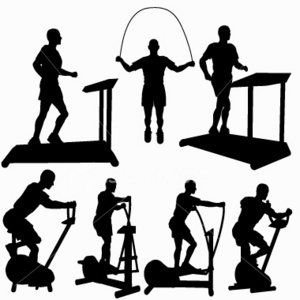

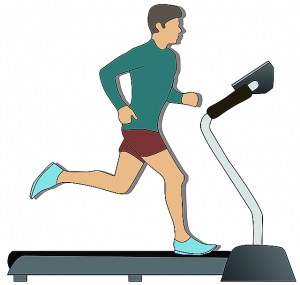
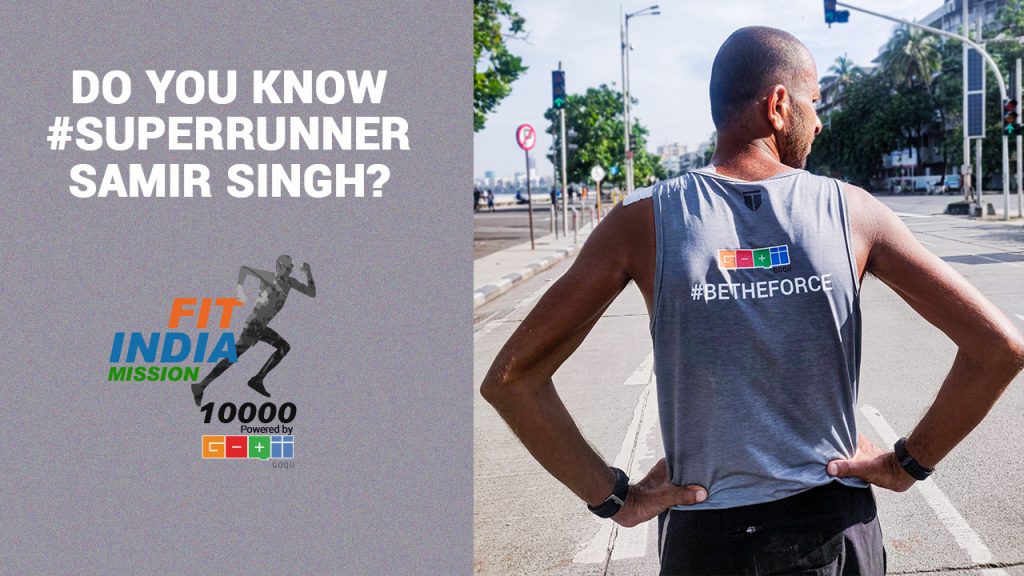 Running keeps you fit! It’s a tried, tested and approved fact. Now, whether you’re running to lose weight, catch a bus you’re obviously late for or running away from your problems, at the end of it there will be change. If you must run, can your goals be kicked up a notch? Can they mean something more? One man decided to push the envelope of what’s possibly the ultimate test of strength, endurance and mental fortitude. Have you heard of the Super Runner, yet?
Running keeps you fit! It’s a tried, tested and approved fact. Now, whether you’re running to lose weight, catch a bus you’re obviously late for or running away from your problems, at the end of it there will be change. If you must run, can your goals be kicked up a notch? Can they mean something more? One man decided to push the envelope of what’s possibly the ultimate test of strength, endurance and mental fortitude. Have you heard of the Super Runner, yet?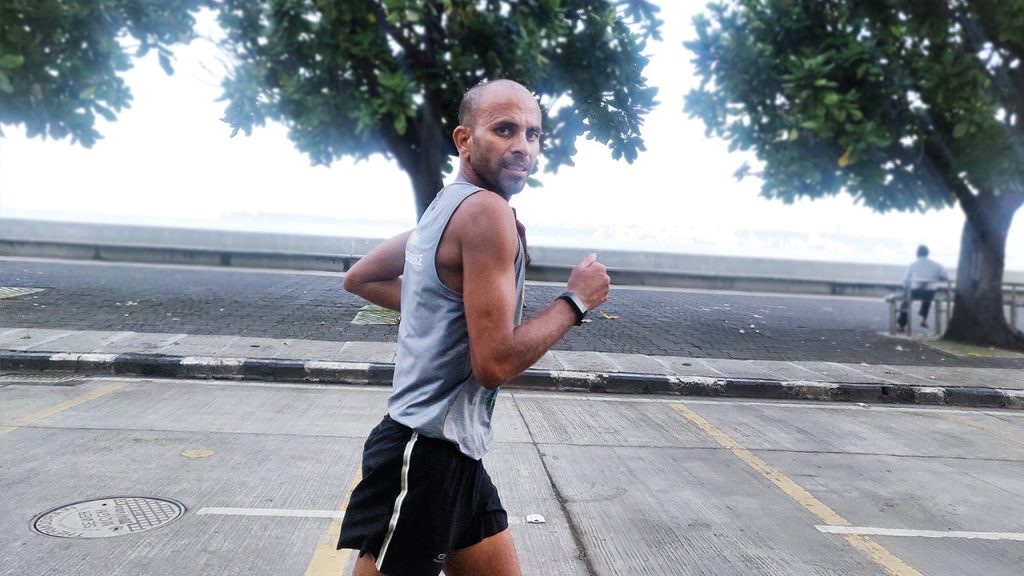 So far, the Faith Runner shows no signs of slowing down, steadily taking one step forward towards his goals. You can see Samir Singh begin as early as 4:30AM in the morning every day from Girgaum Chowpatty, opposite Wilson College and run all the way till Juhu Beach and back! If you feel motivated after reading this story, lace up your running shoes and join him in running towards a healthier India and a fitter you!
So far, the Faith Runner shows no signs of slowing down, steadily taking one step forward towards his goals. You can see Samir Singh begin as early as 4:30AM in the morning every day from Girgaum Chowpatty, opposite Wilson College and run all the way till Juhu Beach and back! If you feel motivated after reading this story, lace up your running shoes and join him in running towards a healthier India and a fitter you!